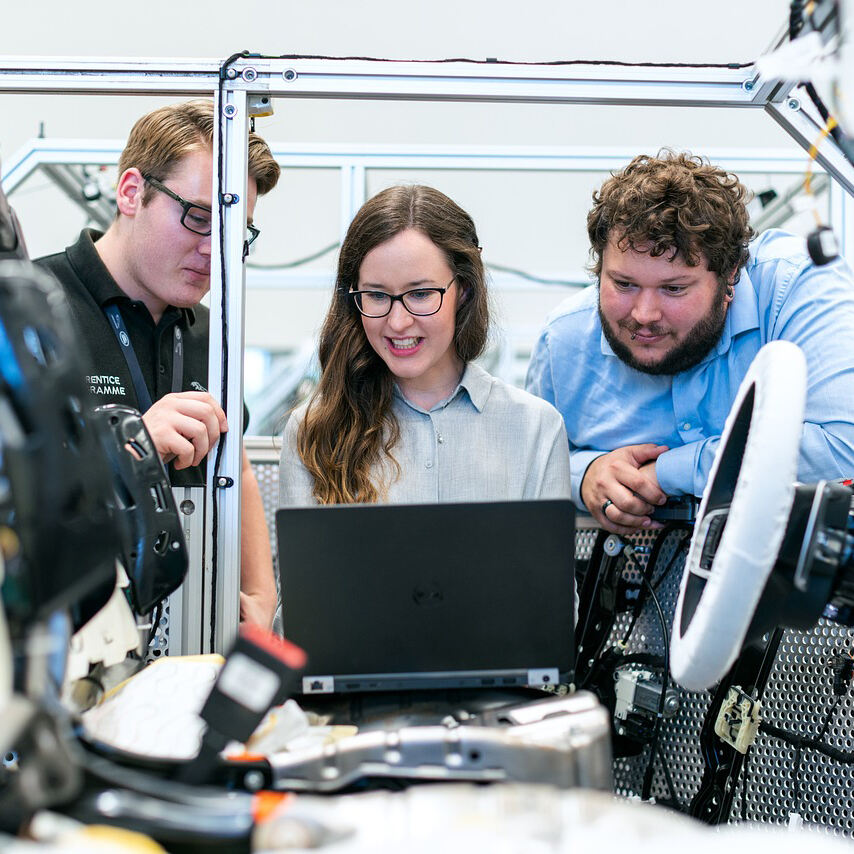Business executives are feeling the heat these days when it comes to updating their operations without sacrificing what makes their industry tick. According to some recent research from Statista in 2024, around 8 out of 10 companies actually need custom made solutions just for their field if they want to save over half a million dollars each year on workflows. That's where those professional all-in-one platforms come in handy. They offer things like automatic inventory management for stores or smart guidance systems helping doctors prioritize patients in hospitals. The best part about these systems is how they mix basic automation with special features that can handle changing regulations, staffing issues, and shifting customer expectations. And let's not forget, nearly three quarters of businesses say old school software is holding them back from growing properly (Statiza 2023).
Unlike generic enterprise tools, these platforms embed sector-specific best practices directly into their architecture. A manufacturing client recently achieved 40% faster defect detection by integrating computer vision quality checks within their existing quality management system. Key enablers include:
Top-performing deployments share three design principles confirmed by the International Journal of Human-Computer Studies (2023):
A mid-sized health clinic chain that also runs pharmacies saw their staff spend way less time on data entry tasks after they brought in this all-in-one system. What worked so well was linking doctor appointments directly to what medicines were in stock. Whenever there were enough scheduled visits for certain treatments, the system would just go ahead and order whatever supplies were needed before they ran out. The result? Fewer empty shelves at the pharmacy counters since stockouts dropped around two thirds. Plus, they kept everything properly separated as required by those strict healthcare privacy laws, showing it's possible to get things done efficiently without cutting corners on regulations.

Professional All-in-One healthcare platforms eliminate 23% of manual data entry tasks by automating patient intake, appointment scheduling, and insurance verification. Intelligent workflow engines route lab results to the correct departments while flagging abnormal values for clinician review, reducing administrative delays by 34% compared to legacy systems.
Leading solutions achieve 98% interoperability with major EHR platforms through API-first architectures, synchronizing real-time data across telehealth interfaces and bed management dashboards. Cross-platform medication reconciliation tools automatically update patient records during care transitions, minimizing prescription errors in 89% of hospital networks using integrated systems.
Zero-trust frameworks encrypt sensitive health data across cloud and on-premises environments, with 99.95% audit compliance in environments adhering to HITRUST CSF standards. Automated access controls align with HIPAAâs Minimum Necessary Rule, while GDPR-compliant consent management portals enable granular patient data sharing preferences.
Machine learning models trained on 2.3 million anonymized patient records achieve 94% accuracy in early sepsis detection, triggering automated alerts that reduce ICU admission rates by 18%. Predictive bed allocation algorithms analyze historical admission patterns and staff availability, cutting emergency department wait times by 26% in multi-hospital trials.
Educational institutions increasingly require Professional All-in-One platforms that adapt to diverse learning environments. Custom solutions now address challenges ranging from K–12 classroom engagement to complex higher education research workflows, with 78% of administrators citing flexibility as their top requirement for edtech adoption.

Smart technology now helps track how students are doing in class so teachers can create personalized lessons and automatically grade assignments, which cuts down their workweek by around 6 to 8 hours. Research from several educational institutions indicates that these adaptive learning platforms boost student participation levels by nearly half when compared with old fashioned teaching approaches. In colleges and universities, machine learning is being used to suggest better courses for students based on their interests and strengths. This has led to improved graduation numbers at many schools, with some reporting a 17 percent rise after implementing such systems in their programs.
Professional All-in-One platforms achieve 99.2% compatibility with major learning management systems (LMS) like Canvas and Moodle. This interoperability enables real-time updates across attendance records, gradebooks, and digital learning materialsâa feature 94% of IT directors consider critical for institutional adoption.
Cloud deployment reduces infrastructure costs by 60% while enabling rapid scaling during enrollment surges. A 2023 cross-institutional study found SaaS models decreased technical support requests by 52% through automated updates and centralized access controls.
All-in-One platforms are becoming essential for retailers facing the big problem of disconnected sales channels across different shopping experiences. When businesses build their own custom software, they can finally connect those separate worlds of brick and mortar stores, online shops, and smartphone apps. The result? Less wasted effort in operations, maybe around 30% savings on redundant work according to some studies. And better tracking of inventory across all these channels becomes possible too. Why does this matter so much? Because nearly seven out of ten customers now want to know instantly if something is in stock before heading to a store or clicking buy online.
These days, retail is all about predicting what customers want before they even ask. Smart systems crunch through past sales numbers and track what's happening in the marketplace right now, getting pretty good at guessing demand patterns with around 92 percent accuracy. This helps stores avoid those awkward situations where shelves are either completely empty or stuffed with stuff nobody wants. Meanwhile, chatbots take care of about 40% of the basic questions people have online, like tracking orders or checking return policies, so human employees can focus on solving actual problems instead of answering FAQs all day long. When it comes to making shopping experiences feel personalized, retailers use fancy algorithms that look at what folks buy and how they browse websites to suggest products that might actually interest them. Stores that implement these smart recommendation systems tend to see their average order sizes jump by roughly 25%, as shoppers find exactly what they need based on their own behavior patterns rather than random guesses from salespeople.
The ability for different systems to work together smoothly is what makes modern retail environments tick. These days, many businesses are turning to comprehensive solutions that link up their sales counters with customer databases, so when someone buys something, their loyalty points get updated instantly without anyone having to do anything manually. When it comes to getting products from suppliers, smart systems can actually change what needs ordering depending on what artificial intelligence predicts will be needed next. Some companies report around a 15-20% reduction in waiting periods because of this kind of setup. Having everything connected means that special offers, stock availability, and shipping schedules stay consistent throughout the entire shopping experience, whether customers are browsing online or walking through store doors.
The best approaches usually start small, testing systems first at a few pilot locations before going all out. Companies run ongoing A/B tests on things like how customers check out, which has helped cut down on abandoned carts by around 15 percent in many cases. When it comes to keeping up with new payment security requirements like the latest PCI DSS version, cloud updates handle most of the work behind the scenes so nothing gets disrupted during business hours. Training sessions for employees happen regularly too, making sure everyone knows their way around those complicated data dashboards and can actually make good use of the automated features instead of just staring at them confused.
Professional all-in-one platforms are specialized software solutions designed to streamline operations across various industries. They integrate multiple functions such as inventory management, patient prioritization, and data synchronization to enhance efficiency and meet industry-specific needs.
These platforms enable digital transformation by embedding sector-specific best practices, supporting modular workflows, and ensuring seamless integration with industry-standard tools, fostering efficiency and innovation.
Custom all-in-one solutions help reduce redundant tasks, enhance compliance with regulations, and enable real-time updates across integrated systems, leading to increased efficiency and cost savings.
In healthcare, they automate workflows and ensure compliance, while in education, they offer personalized learning paths and seamless integration with learning management systems, thus transforming service delivery in both sectors.
